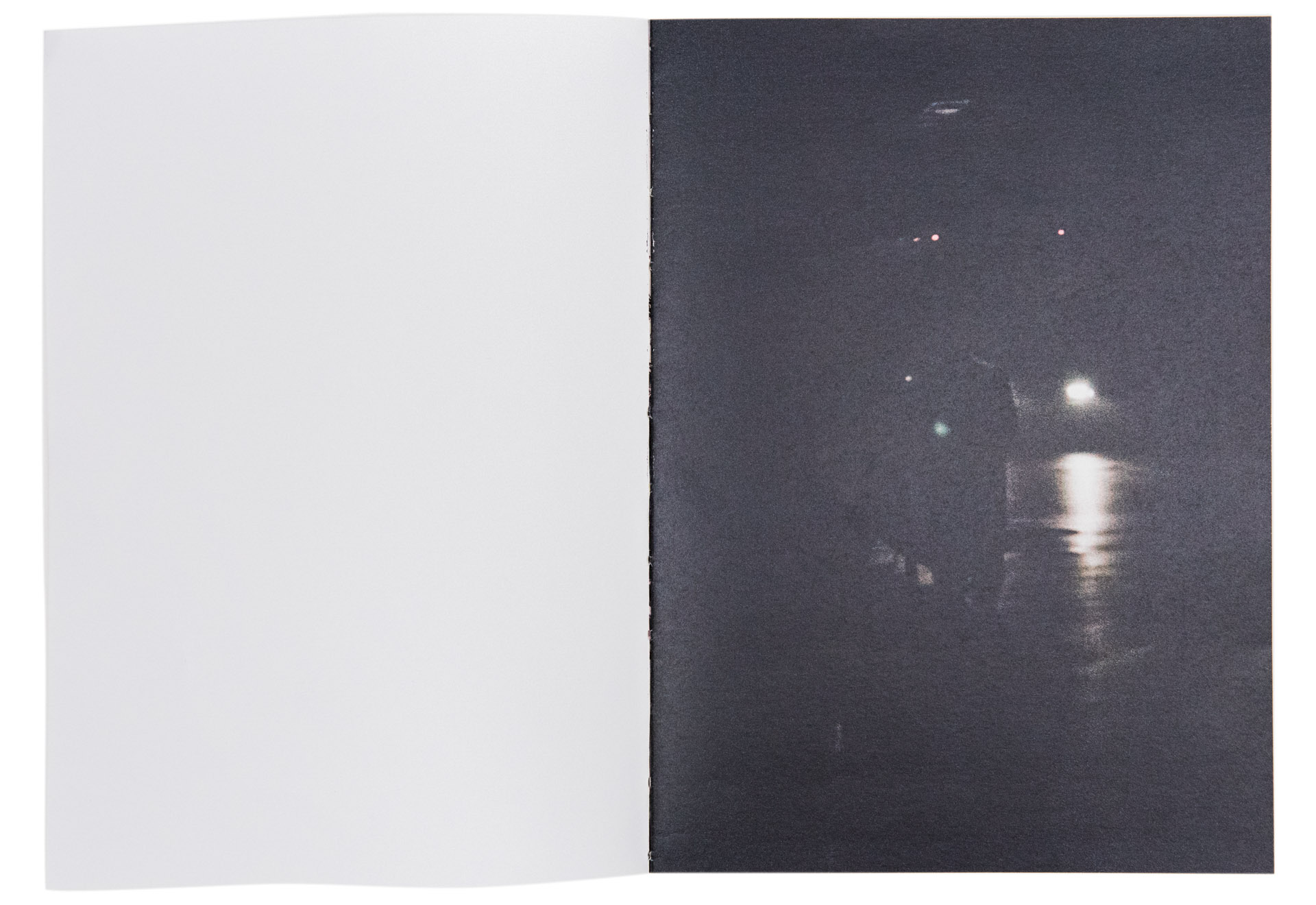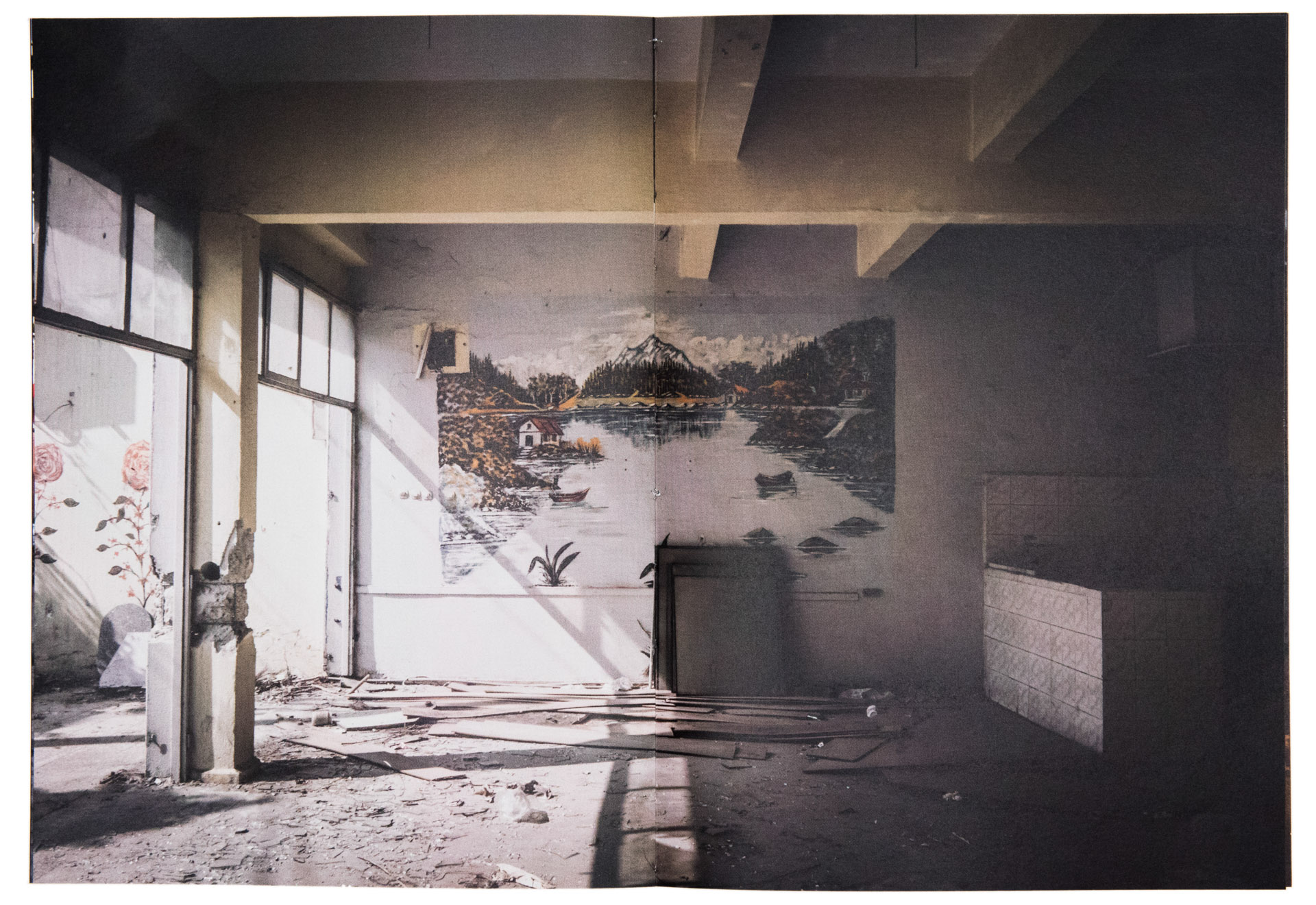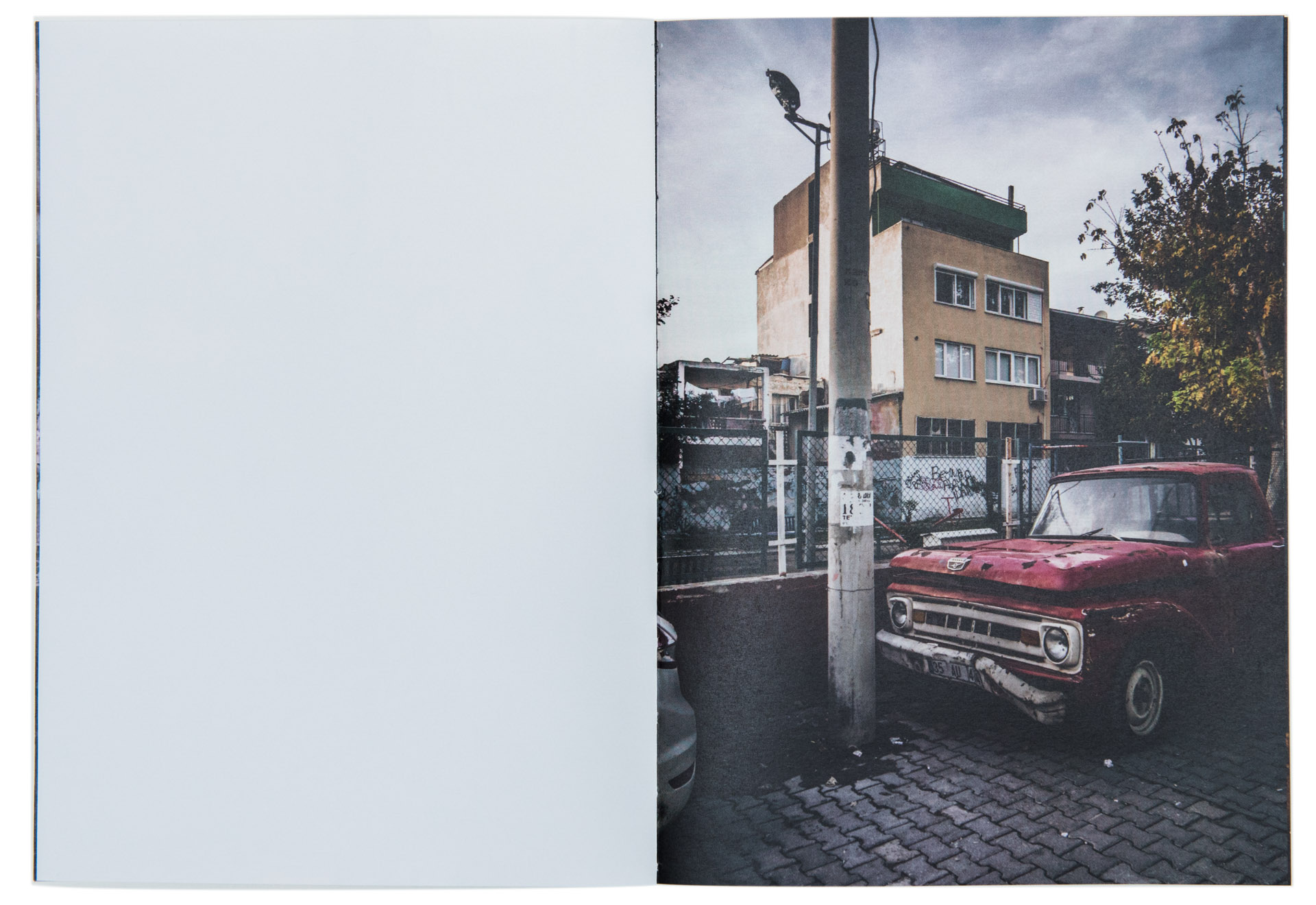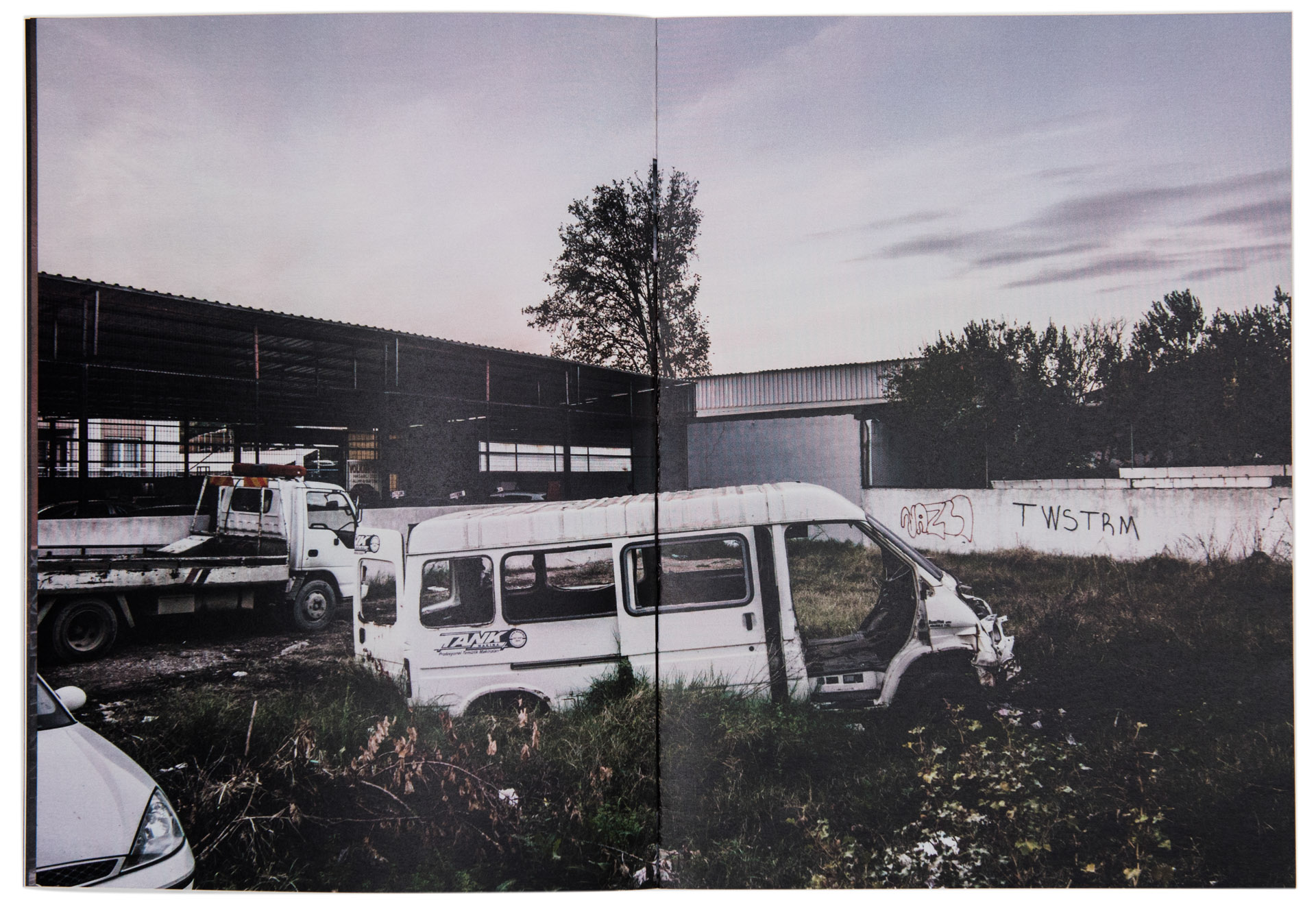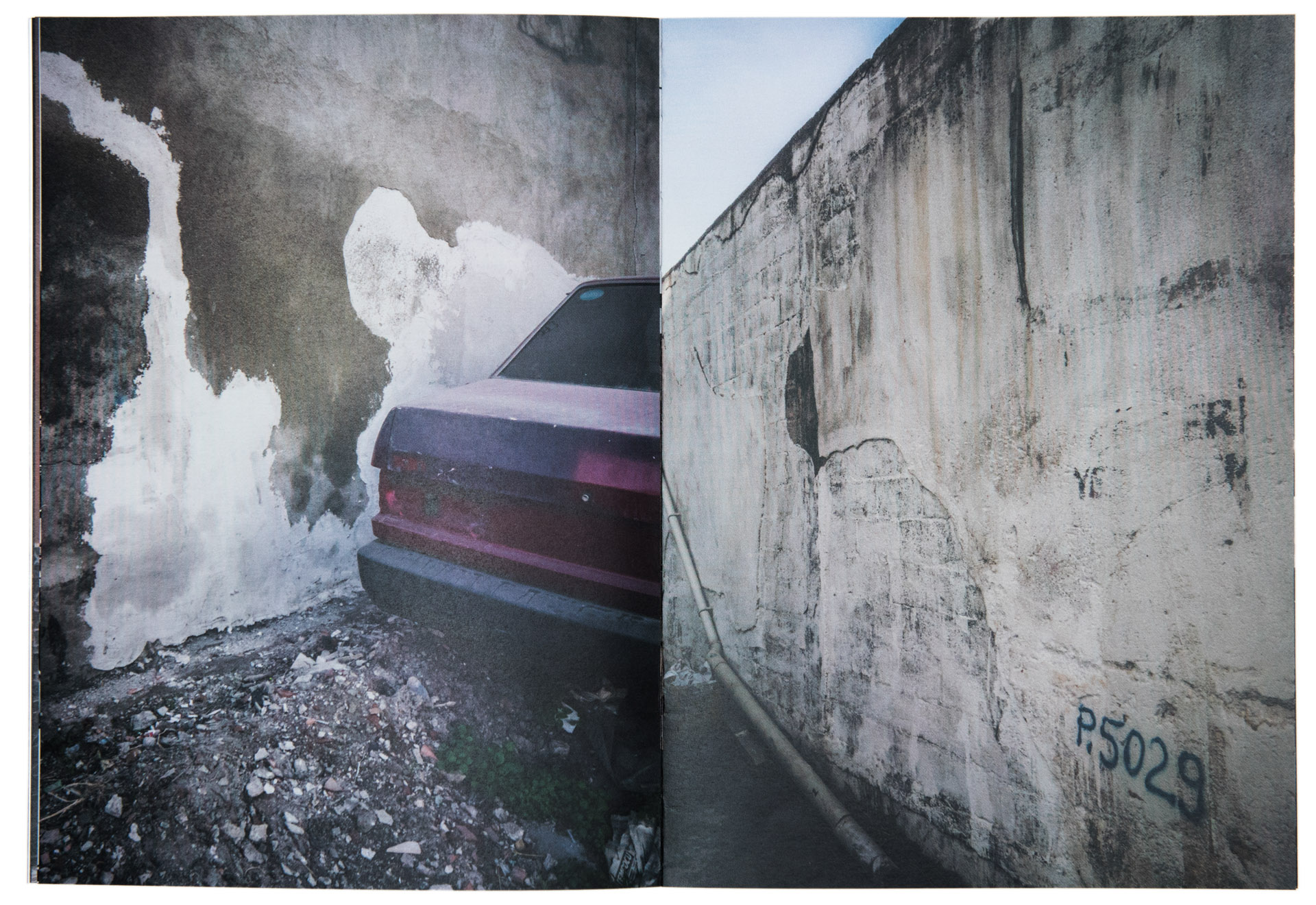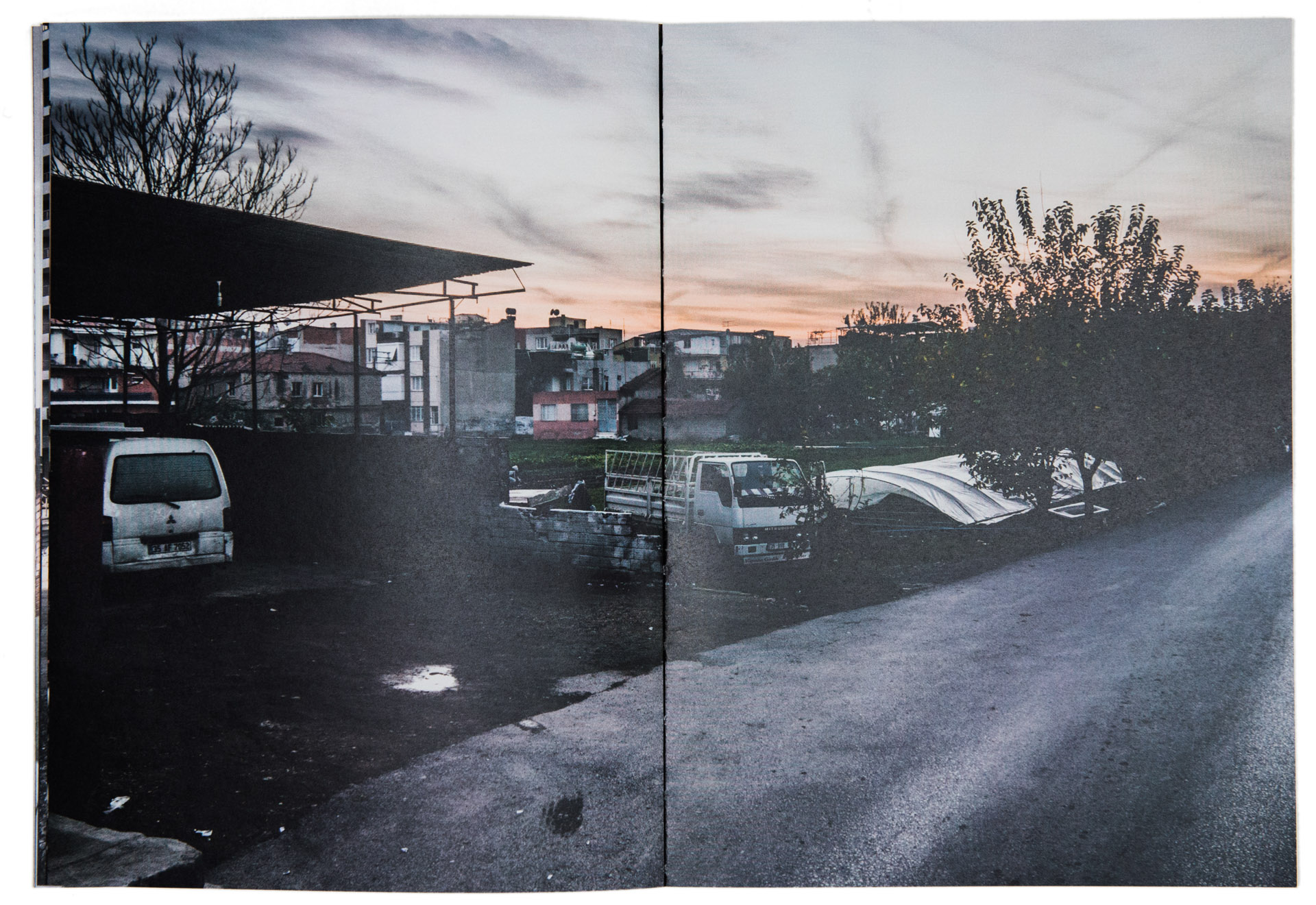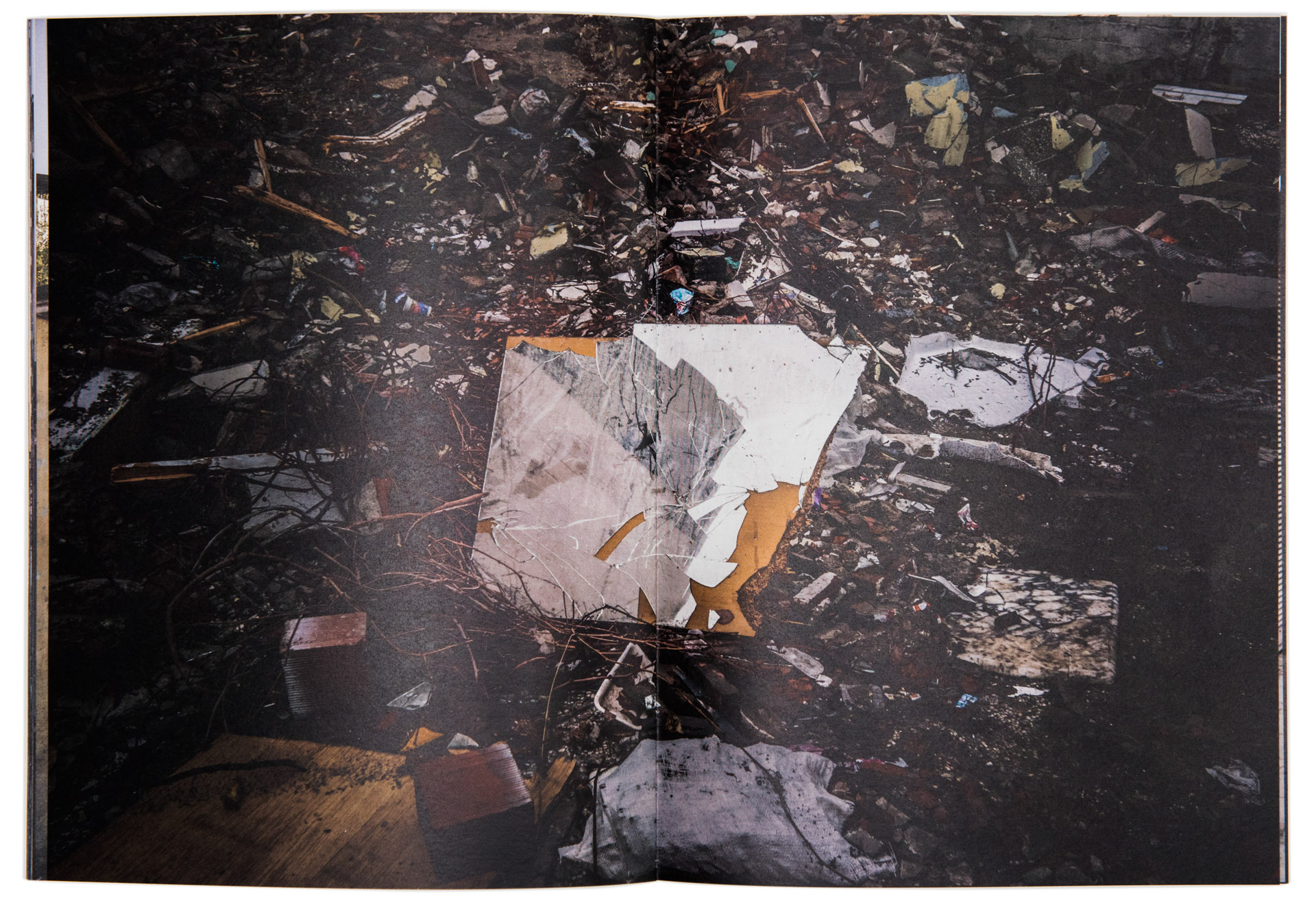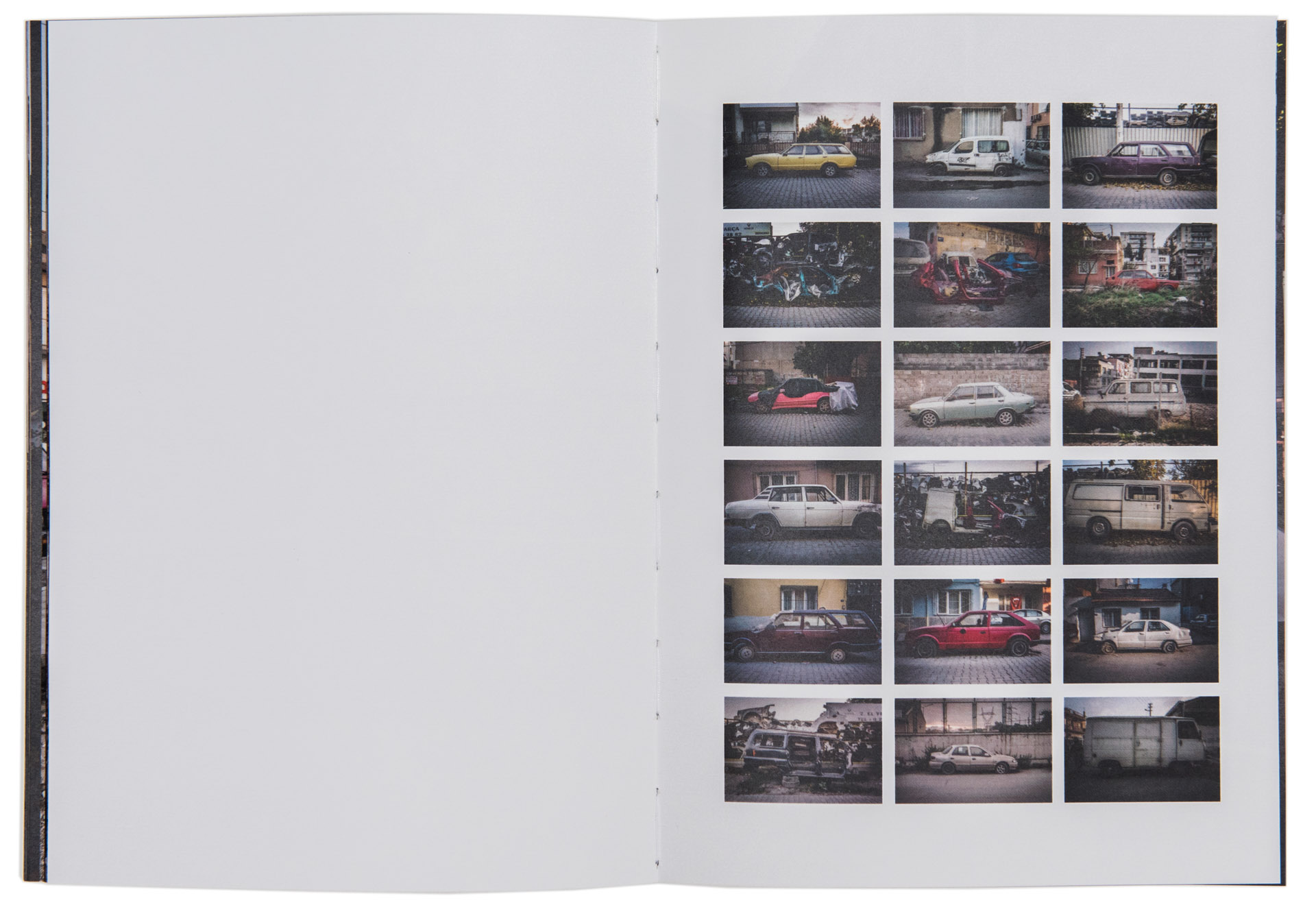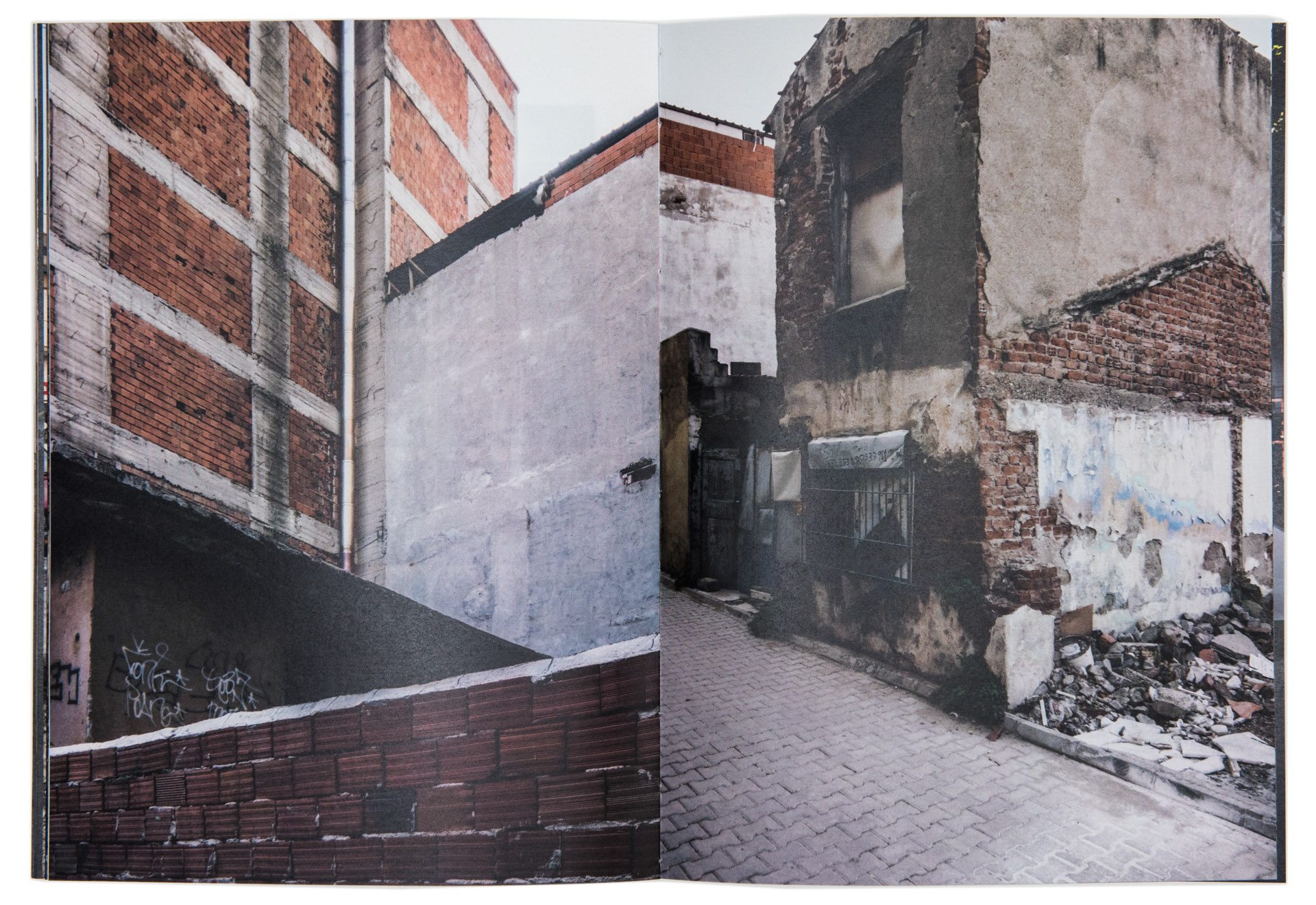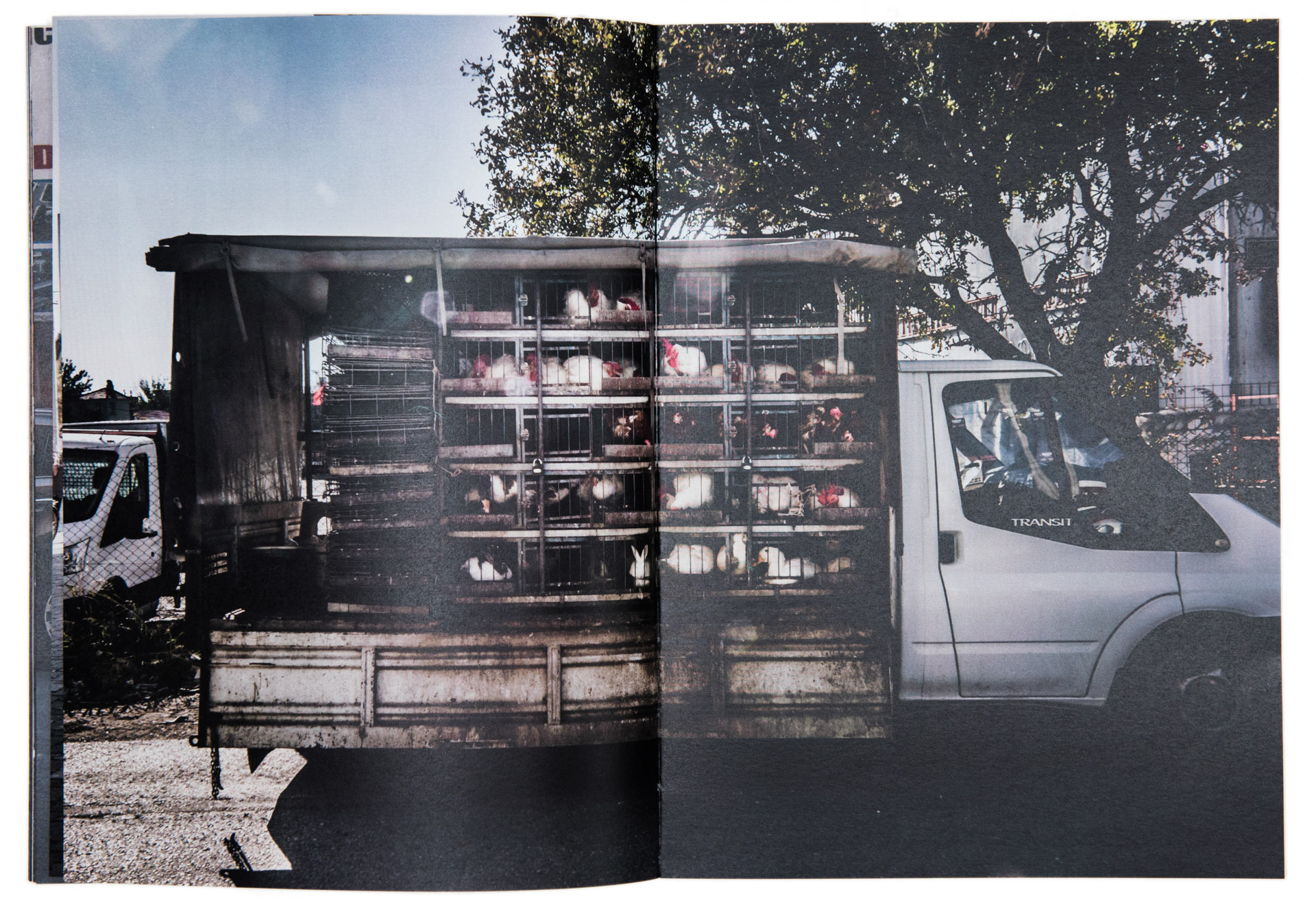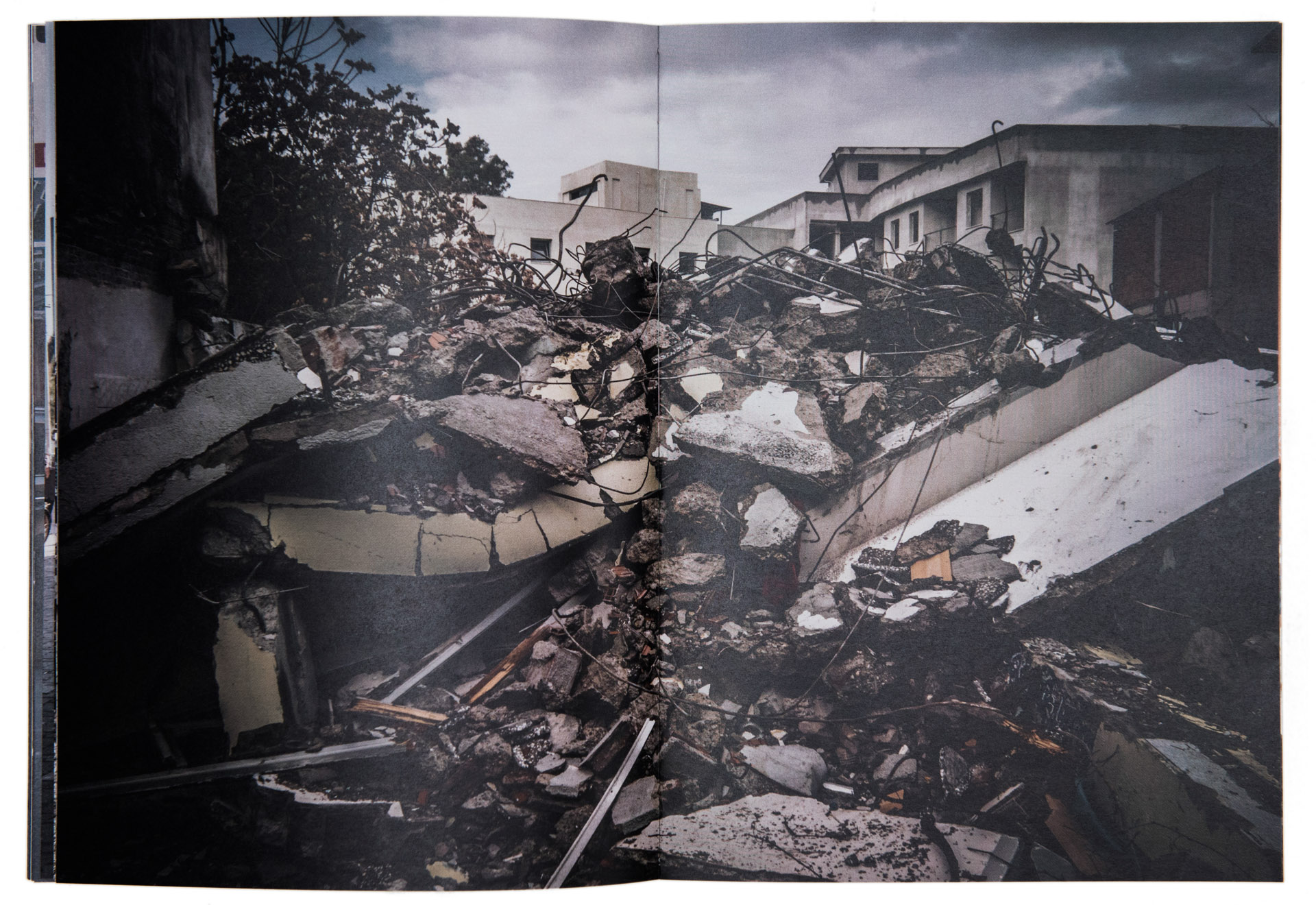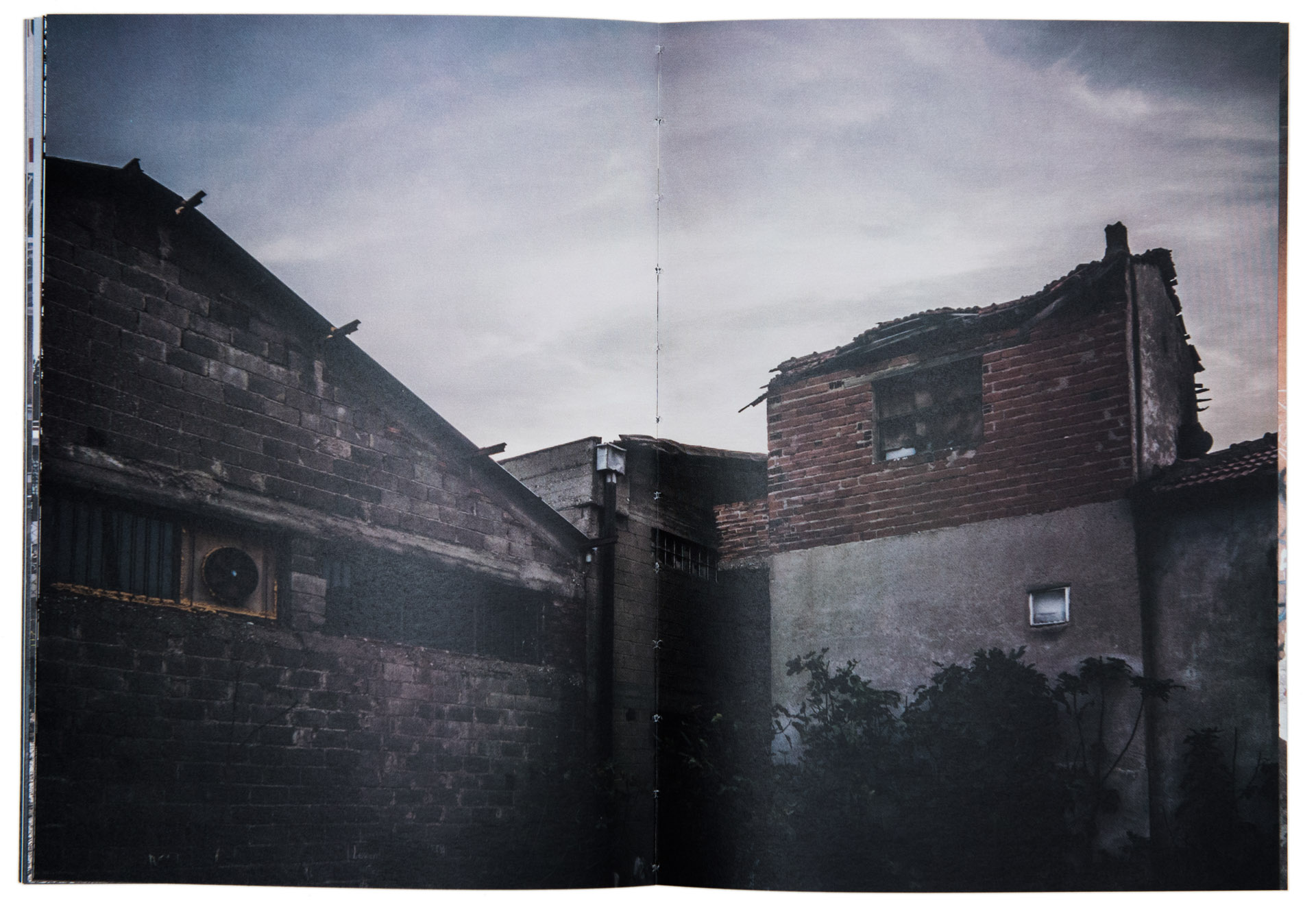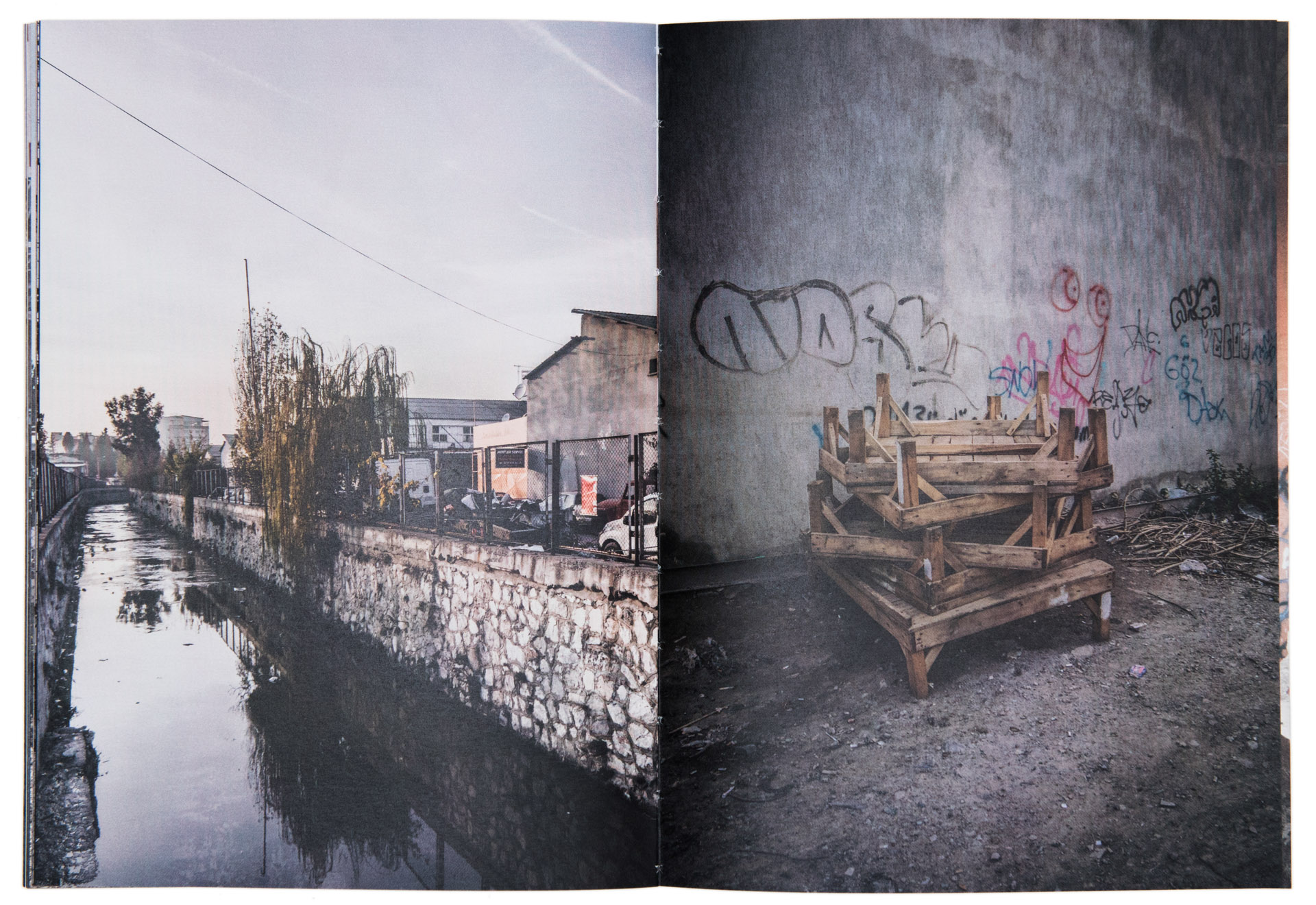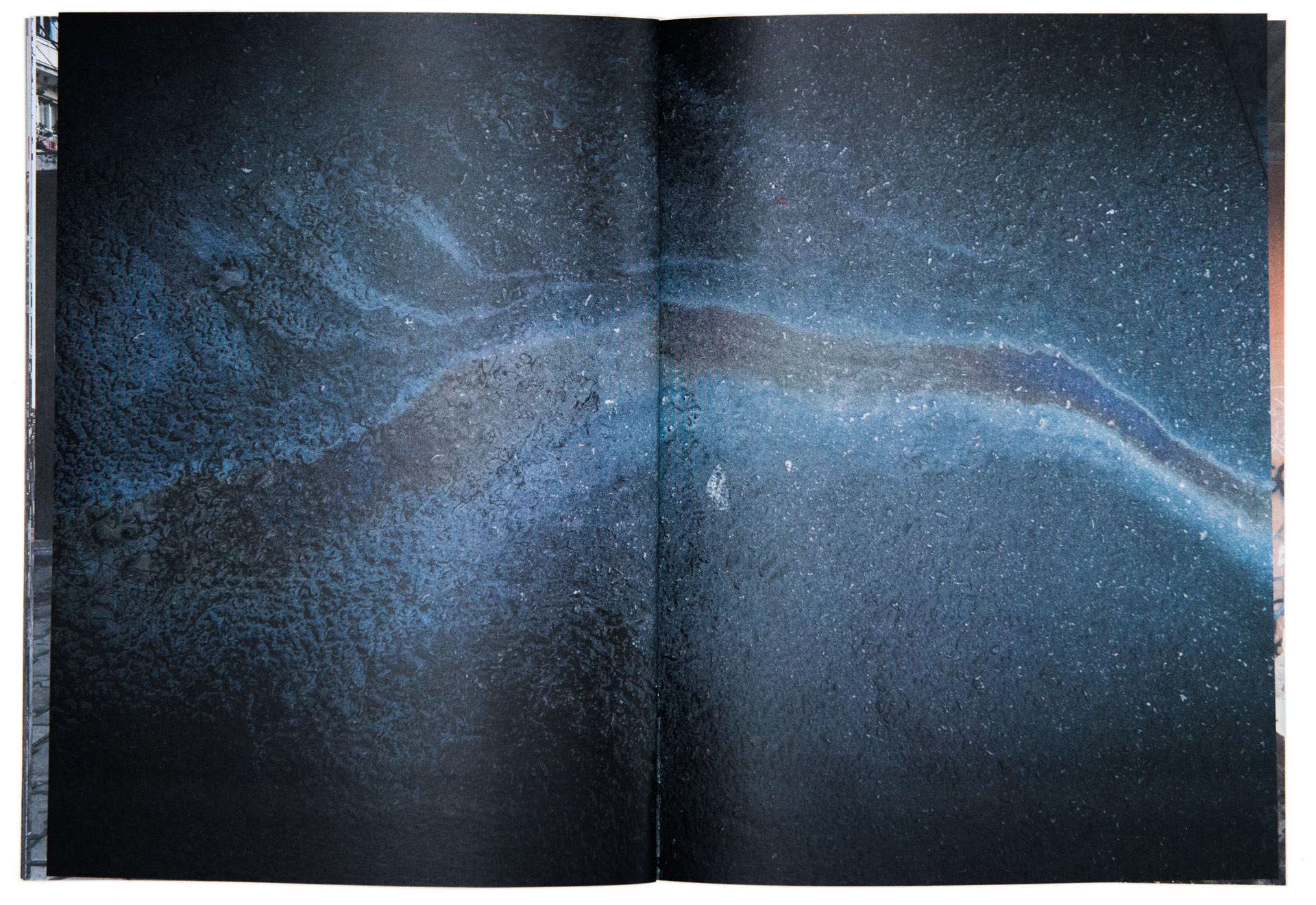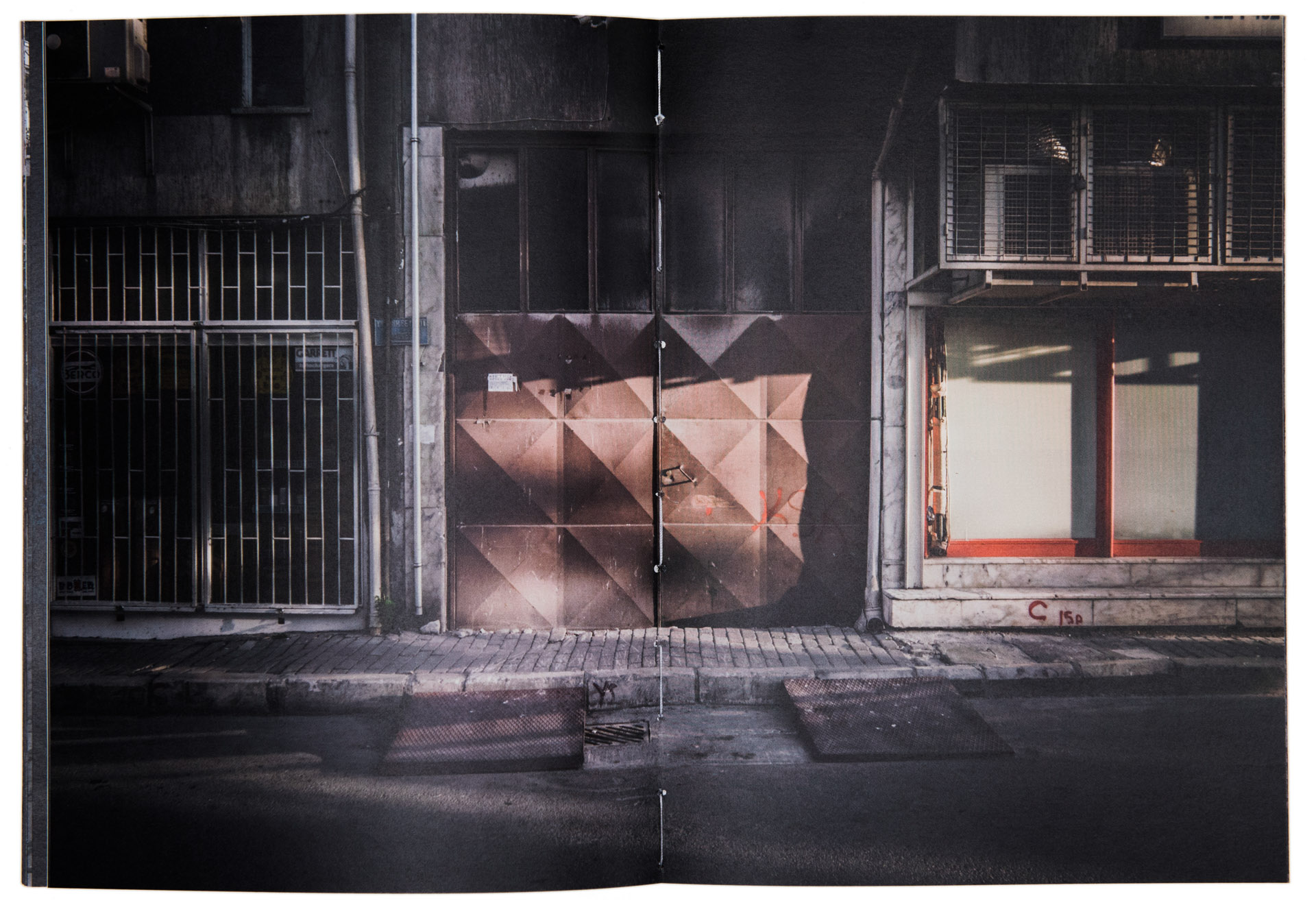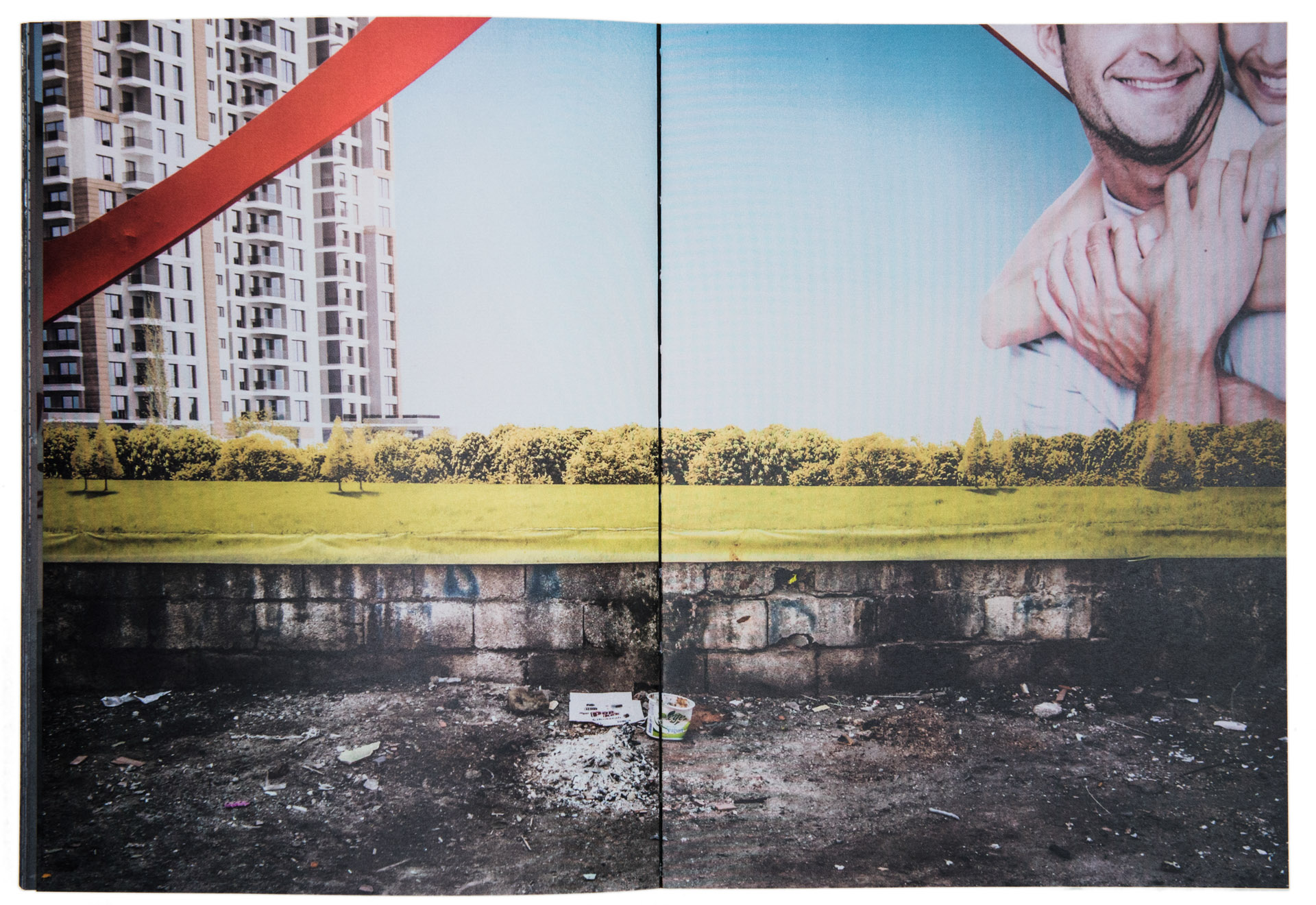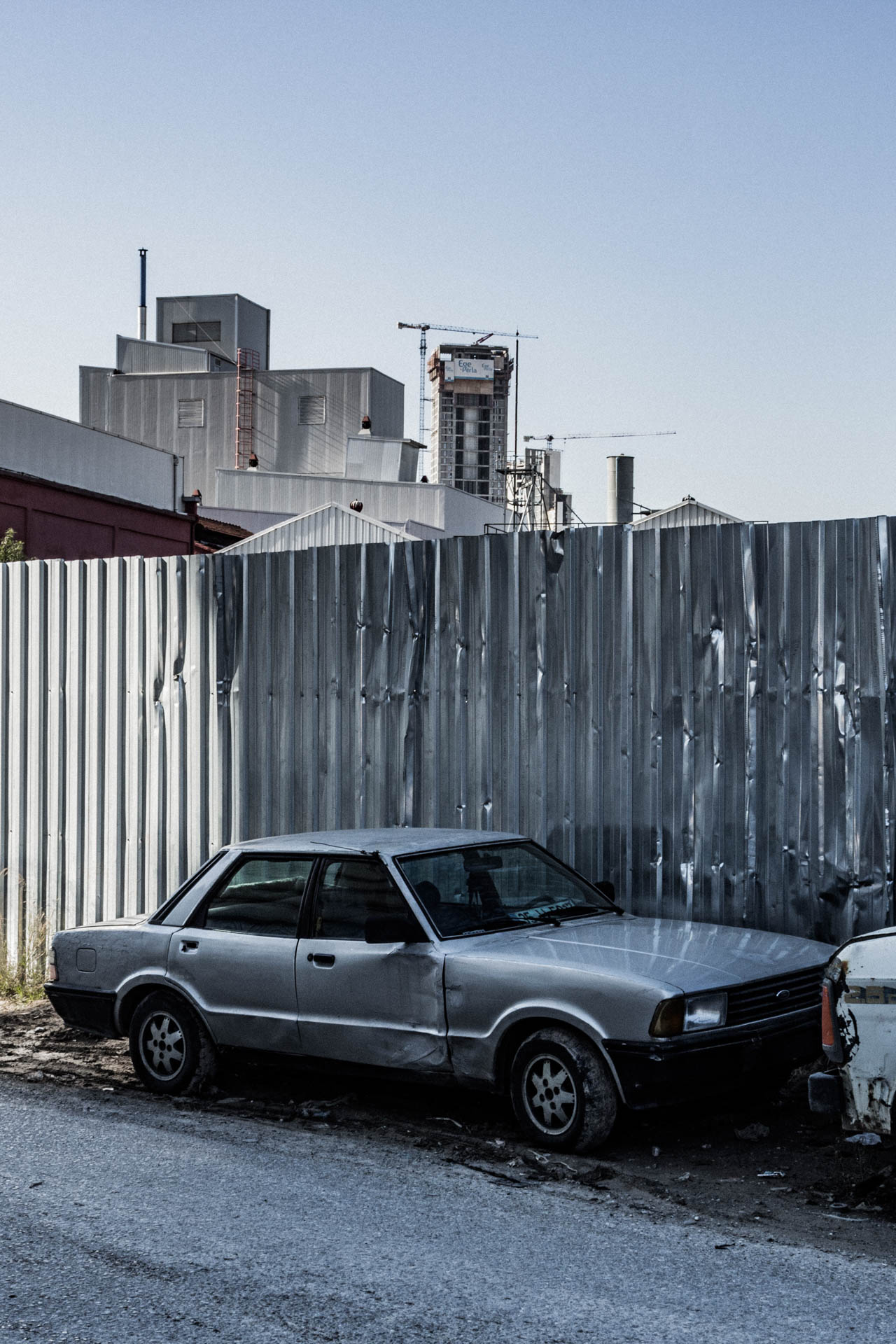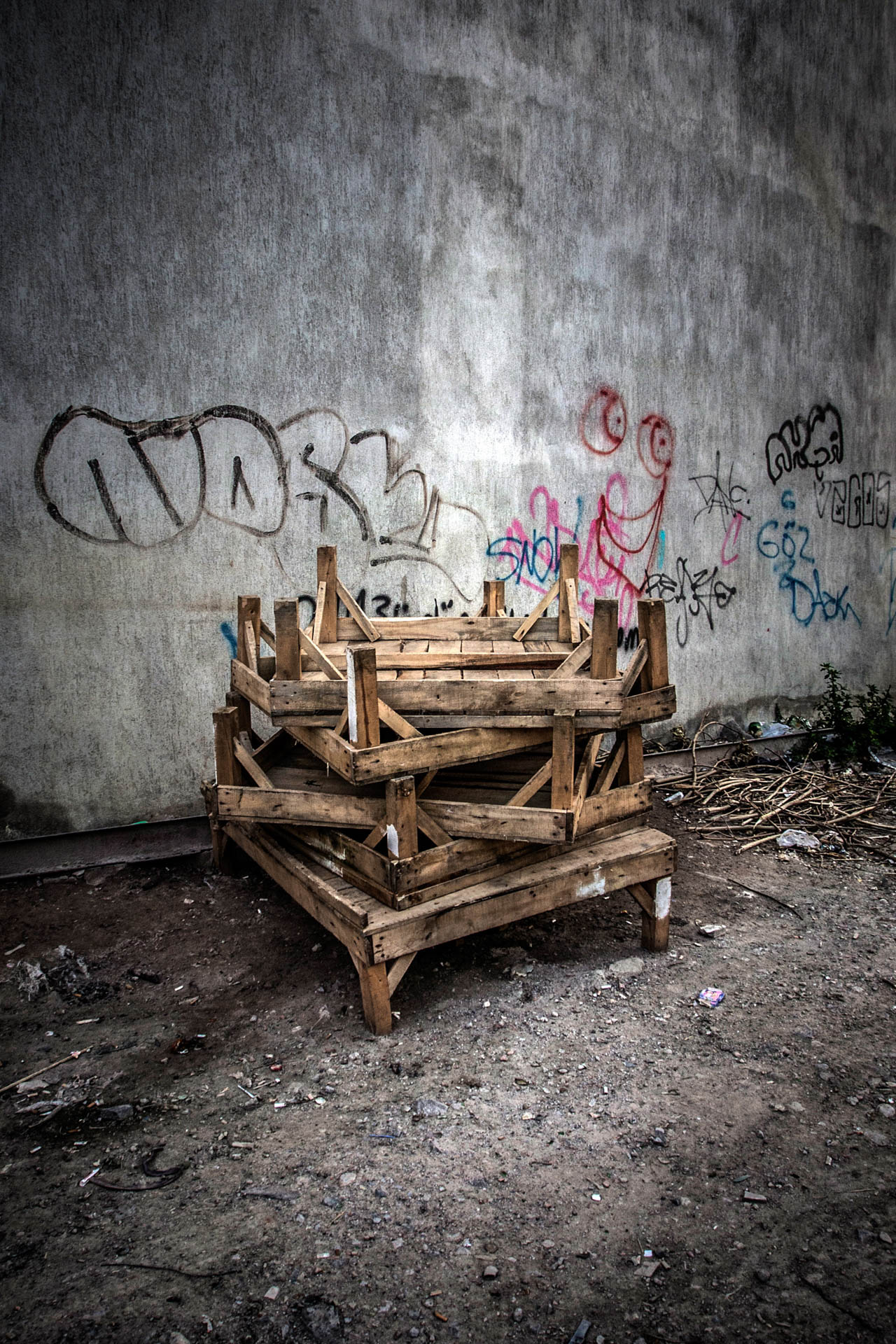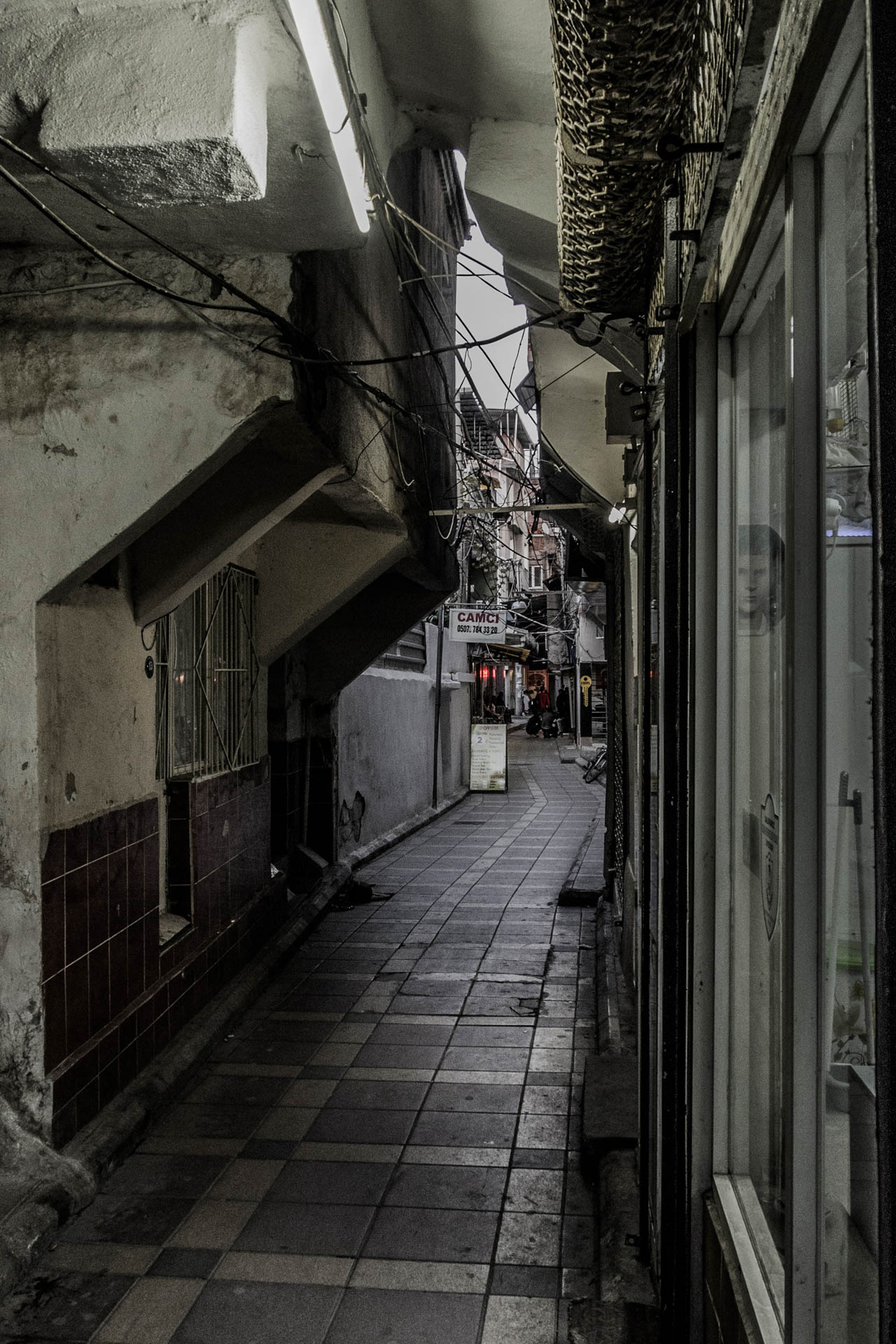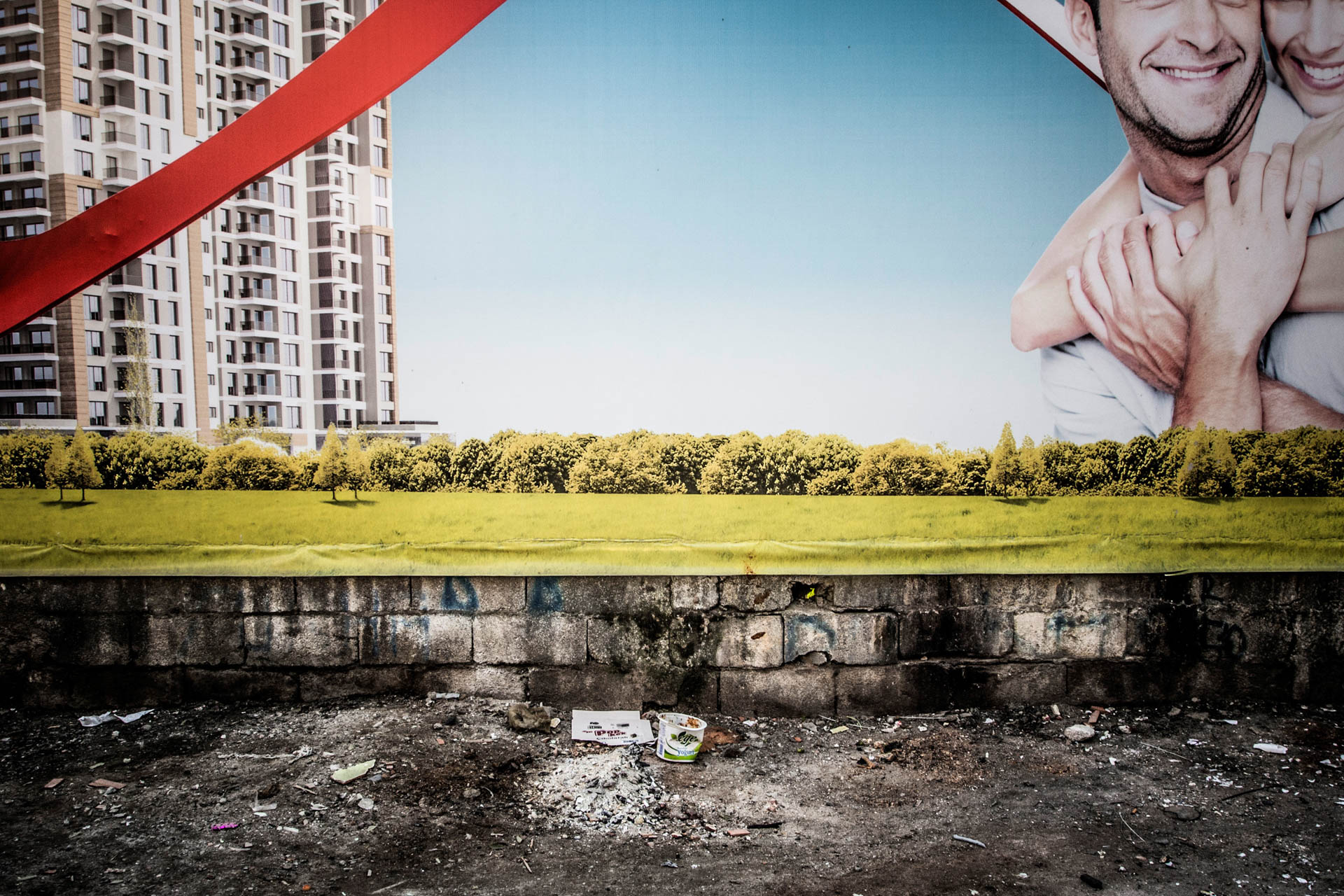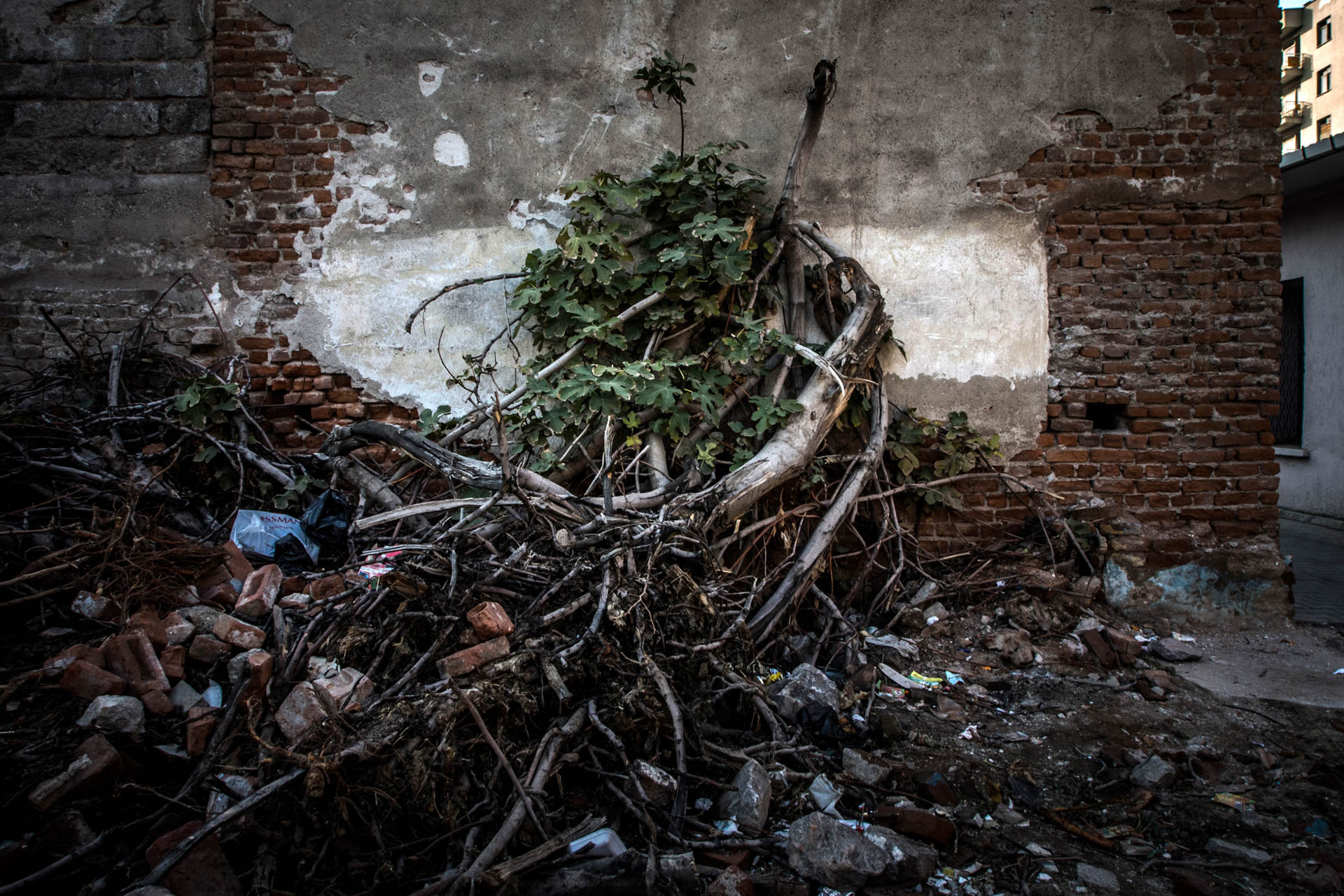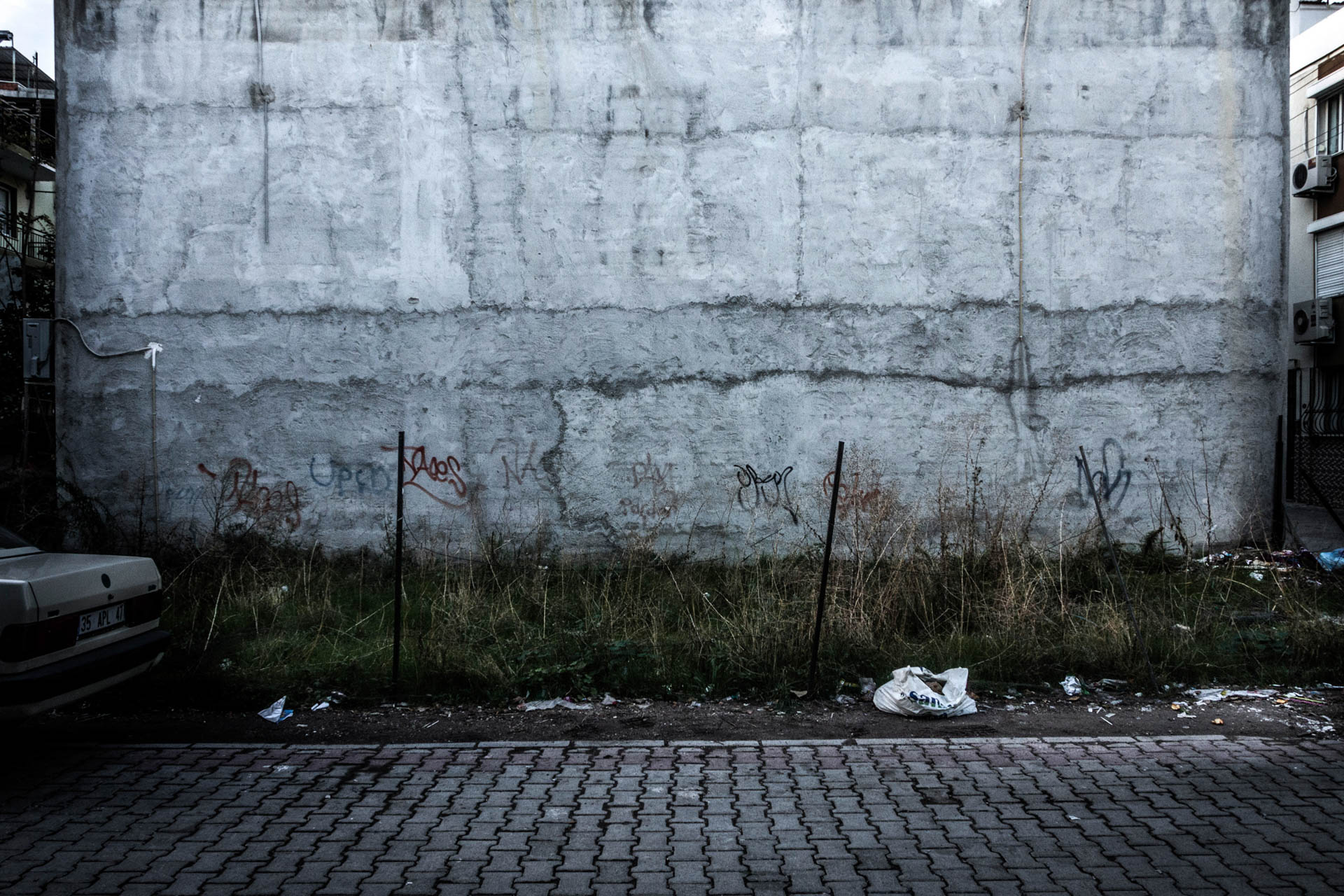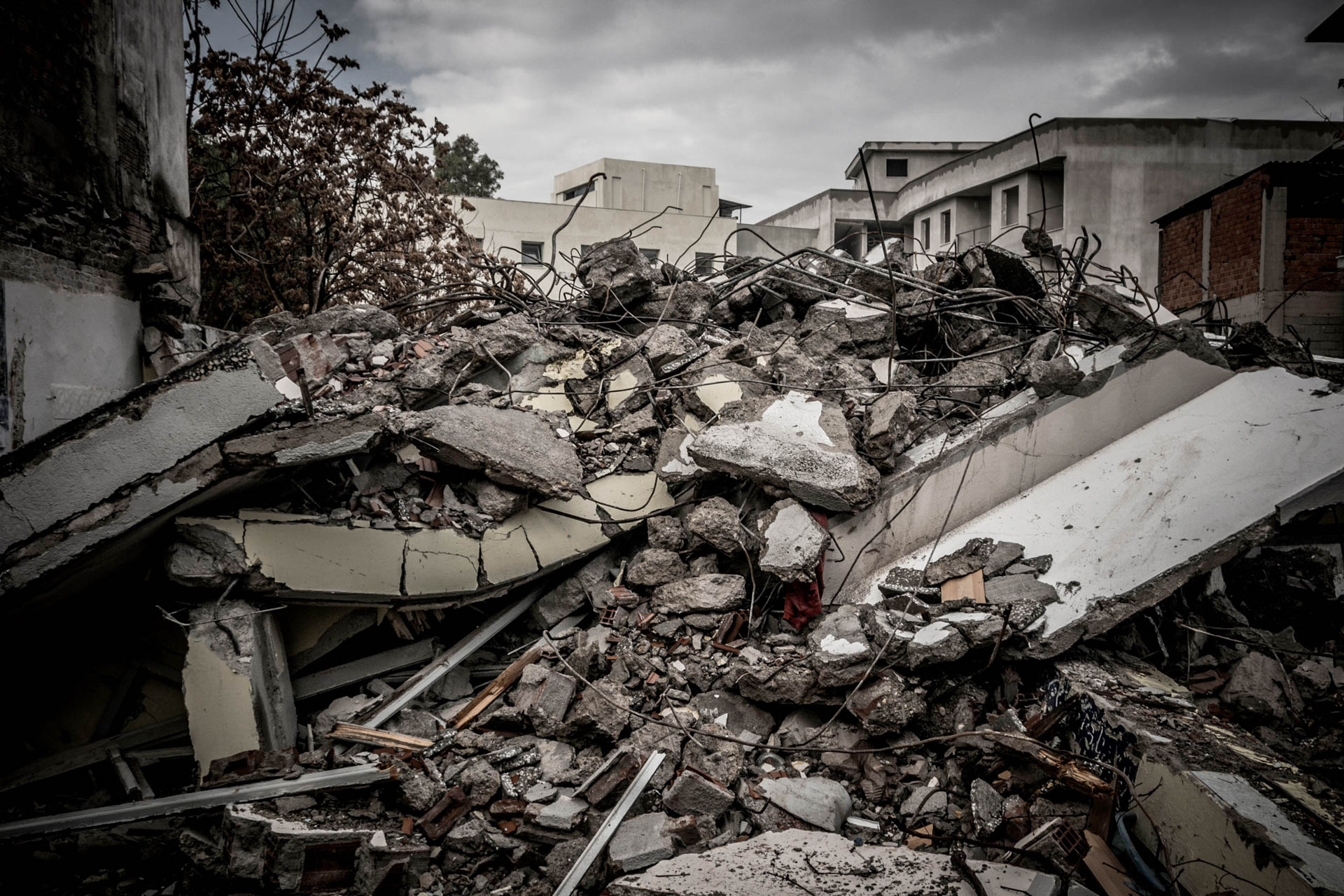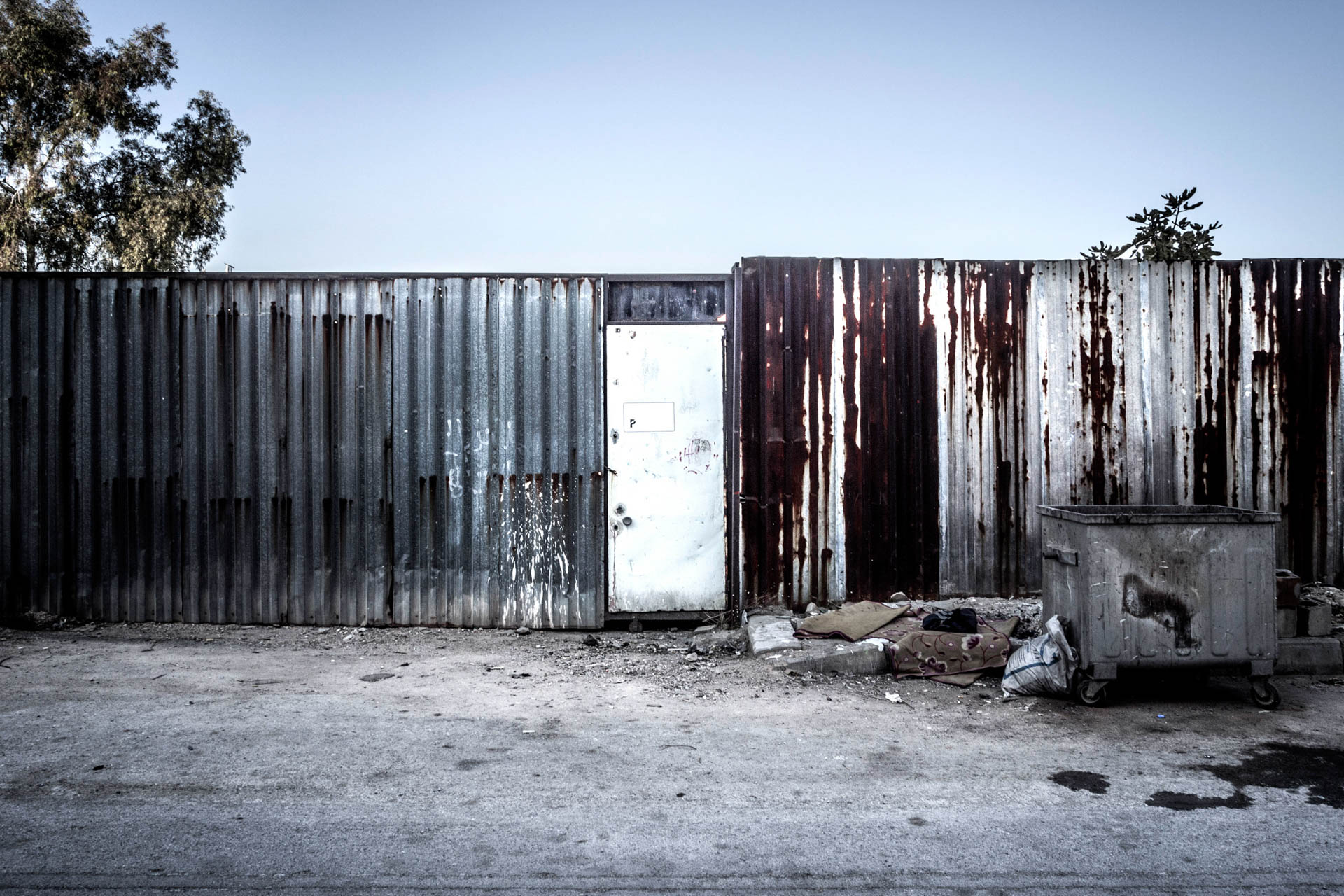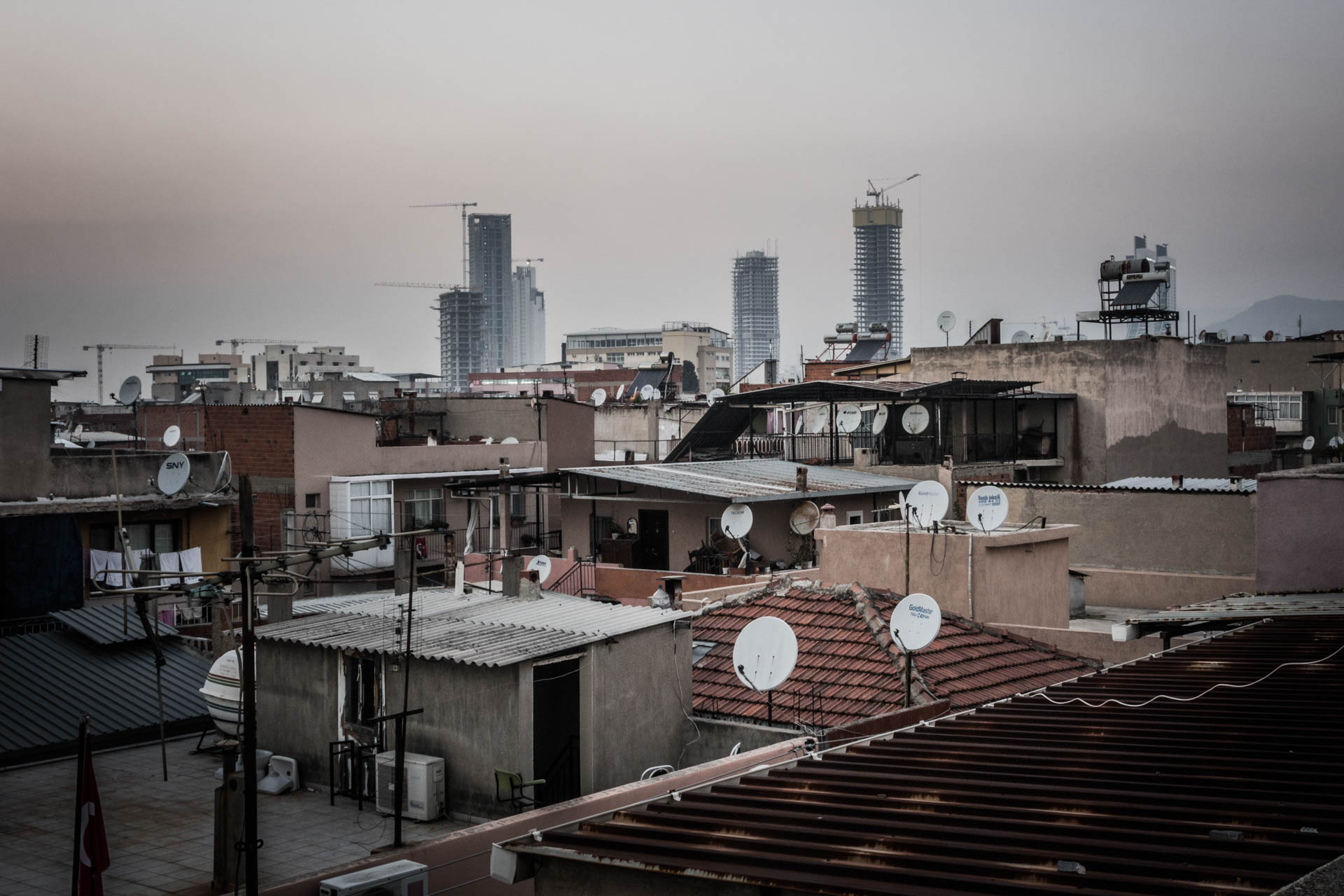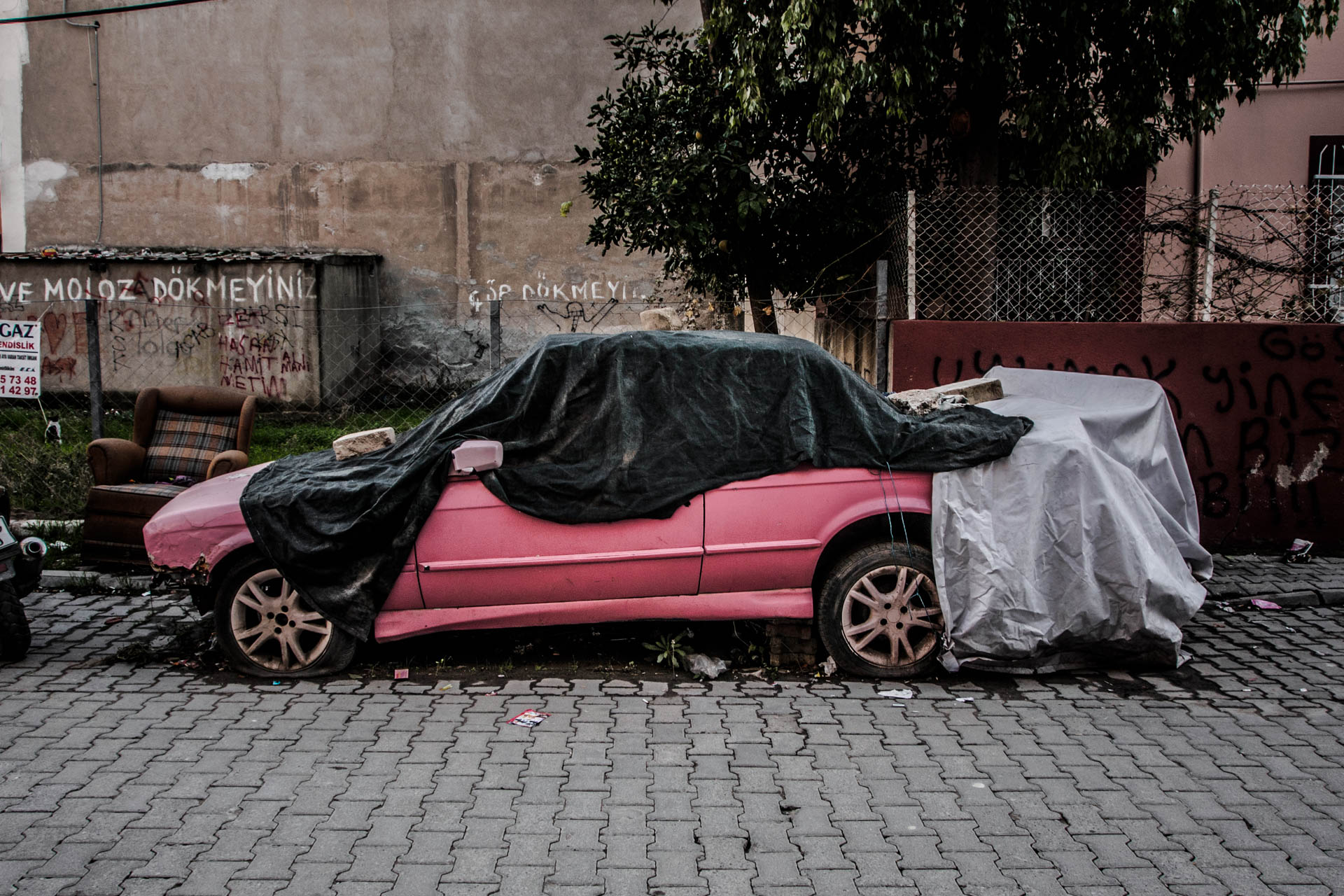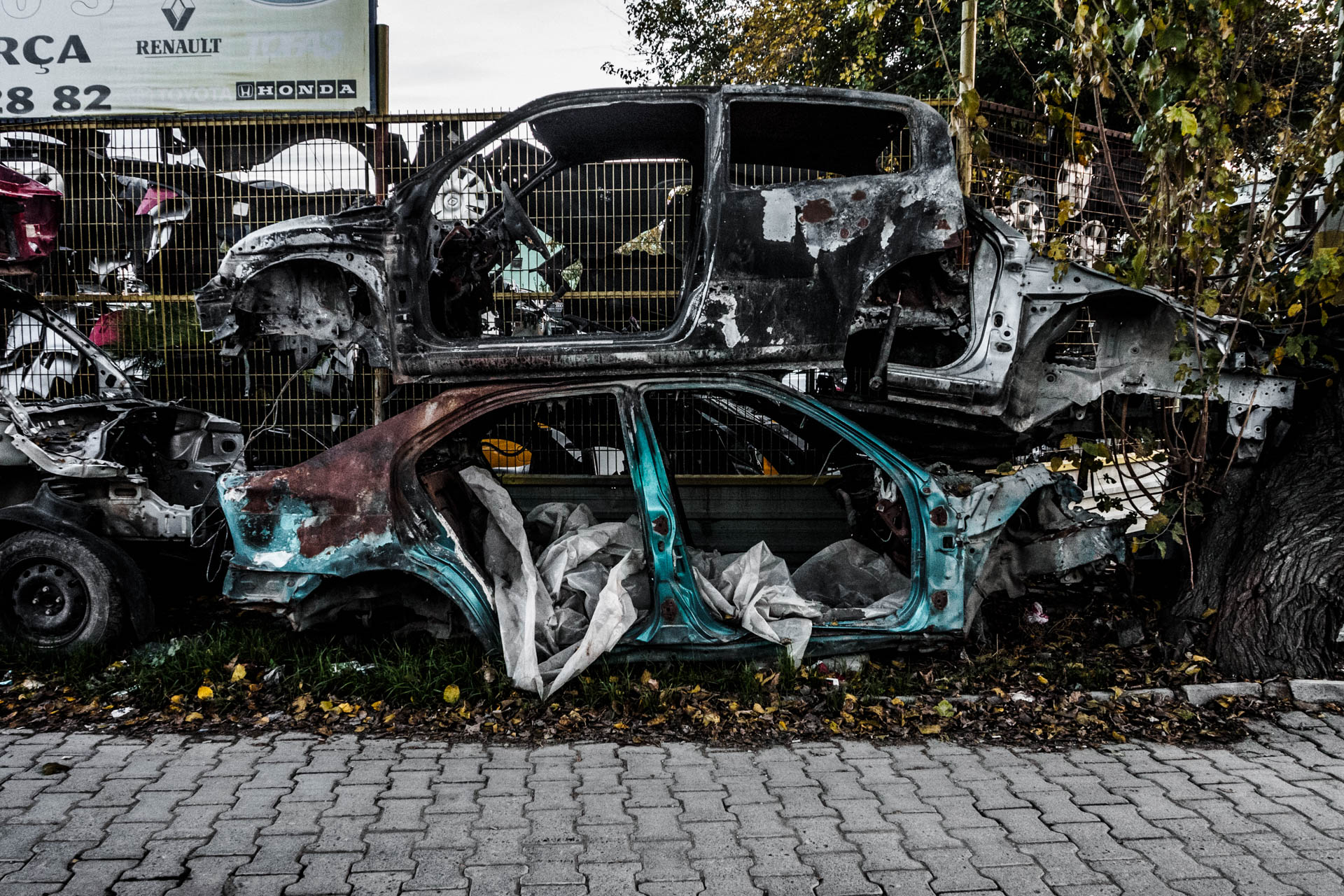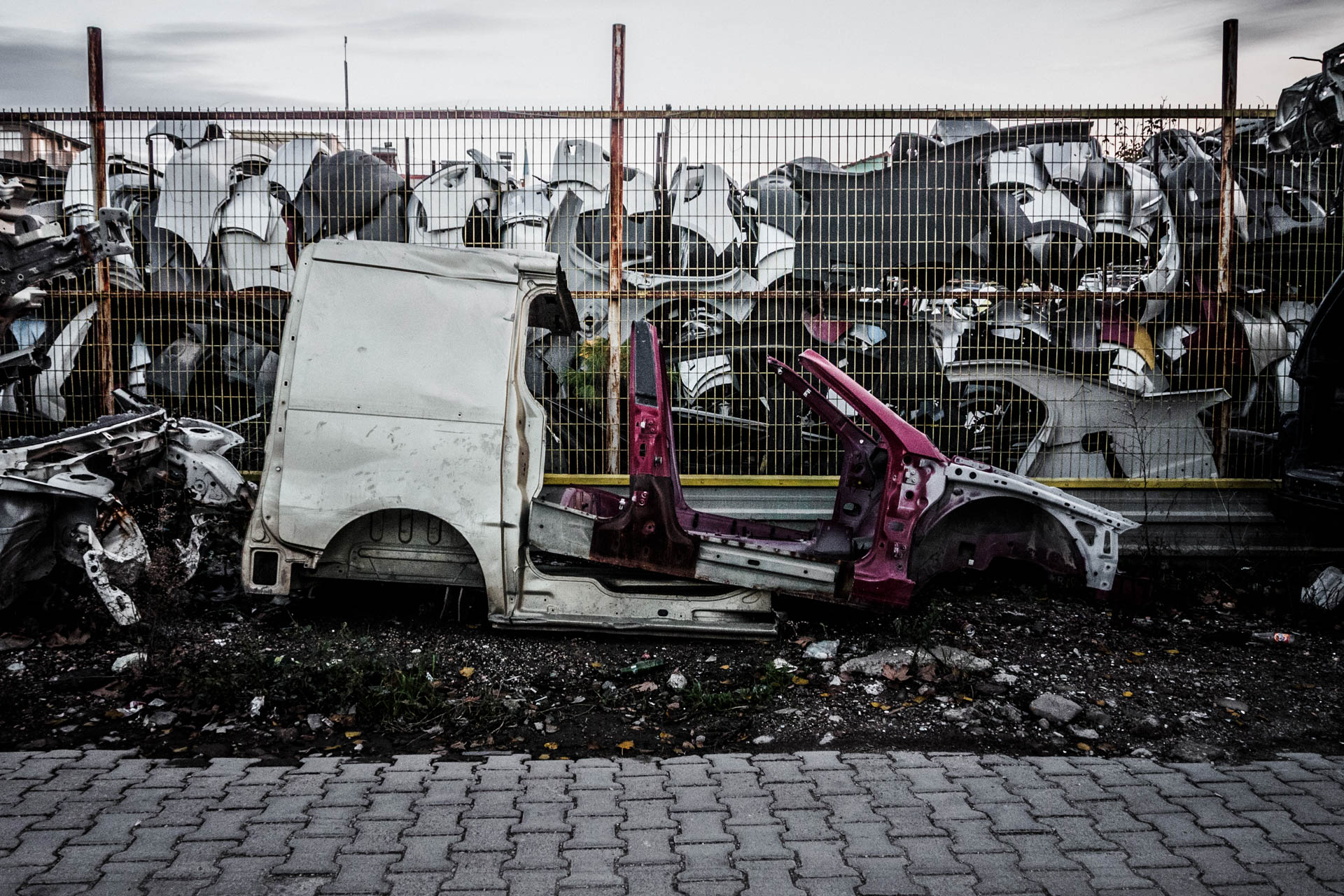Çamdibi Project
Photography Series, Photobook
16×22CM, 120 Pages, Edition of 3, Self Published
2014—2015
The Çamdibi Project is a photobook of a visual survey of the İzmir neighborhood Çamdibi from 2014 to 2015. Situated on the Aegean coast, the neighborhood offers a window through which to examine identity, urbanization, and the tensions between localized communities and large-scale socio-political transformations. Founded on a critique of neoliberal urbanization, the project questions the shifting relationship between space, memory, and collective experience in contemporary Turkey.
At the heart of the project is a search for the definition of "place" as physical and cultural territory. Referring to Marc Augé's thesis of "non-places"–temporary, impersonal locales like airports or shopping centers—the project sets the lingering sense of rootedness of Çamdibi against the universalizing tendencies of modernity. In contrast with Augé's non-places, Çamdibi still preserves remnants of collective identity, epitomized in its stratified histories and living links to the urban landscape of İzmir. But due to its location close to the city center, it holds an ambiguous position: not quite marginal and yet not incorporated, the neighborhood hangs in limbo. Such duplicity resonates a broader ambivalence throughout the Turkish urban realm in the mid-2010s, when hasty gentrification and neoliberal agendas remodelled spatial hierarchies and had a tendency to overwrite localized history towards normalized development.
The project also challenges Turkish poet Turgut Uyar's idea of "vertical and horizontal unhappiness," a metaphor for the confusion resulting from the breaking of temporal and spatial continuity by modernity. In Çamdibi, this is presented in the form of an unobtrusive tension between preservation and transformation. Narrow streets, old buildings, and informal social spaces are pitted against advancing high-rises and commercial infrastructure, creating a visual dialectic of resistance and assimilation. The photobook communicates this energy through texture, light, and form juxtapositions that represent the neighborhood as a microcosm for the socio-political climate of Turkey at the time.
Gentrification is a theme that repeats as a subtext relevant to urban Turkey in 2015 trends. Cities were redrawn by speculative urban development, and neighborhoods like Çamdibi faced existential questions: would they preserve their specific character or become unrecognizable sections of generic urban expansion? The project eschews definitive answers, instead presenting the space as a open-ended one—a "visual story" between dystopian erasure and utopian reinvention. This uncertainty mirrors the lived experience of residents, whose daily lives were lived out against a backdrop of uncertainty.
Situating Çamdibi within theoretical frameworks of space and modernity, the book exceeds documentation. It is a photobook analysis of the human cost of neoliberal urbanism, highlighting the loss of common affections and commodification of space. Documented in crisp, contemplative photographs, step-by-step changing of the neighborhood provokes a thought about bigger stakes of advancement: What do people lose when neighborhoods get fed into faceless urban currents? How do individuals cope with feeling at home amidst environments characterized by incessant mobility?
Finally, the Çamdibi Project is an anthropological archive, preserving the neighborhood's ephemeral nature even as it challenges the forces that threaten it. Its formal yet evocative visual language avoids either romanticism or express pessimism, instead playing a dialogue between past and present, individual and group, memory and forgetting. In doing so, it is a quiet reflection on the fragility of place in an age of rapid change.

